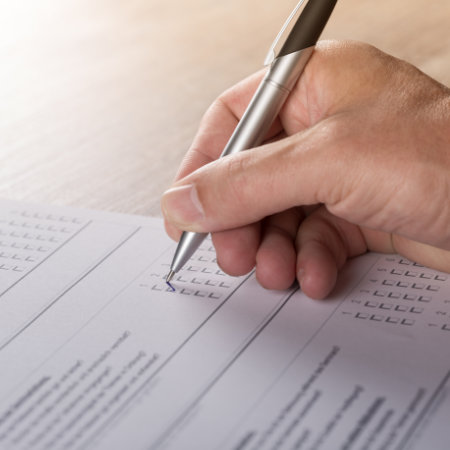Mark Simon | Phone: +27 82 701 3996 | Email: mark@progressionpolygraph.co.za
Mark Simon | Phone: +27 82 701 3996 | Email: mark@progressionpolygraph.co.za

The examiner will explain to the examinee that the lie detection examination will be recorded with video and audio equipment and that the test is voluntary.
A consent form is presented to the examinee and the polygraph examination commences only after the examinee voluntarily signs the consent form.
The Polygraph process is explained and an interview is conducted with the examinee, based on the reason for implementing the Polygraph test.
The examiner will explain the use and characteristics of the machinery being used.
The examiner will go through all questions being asked in the test to ensure the test Subject fully understands the procedure, and the scope and meaning of the questions.
The examinee is given an opportunity to discuss these questions with the examiner or indicate whether they need further clarity or if anything needs to be explained again.
An acquaintance test will be conducted to familiarise the examinee with the testing process. In compliance with the Southern African Polygraph Federation (SAPFED), the South African Professional Polygraph Association (SAPPA) and the American Polygraph Association (APA) requirements, a full acquaintance test will be completed prior to the main test.
The purpose of the acquaintance test is to:


The examiner analyses the recorded reactions by means of Numerical Quantification. The examinee is afforded the opportunity to raise any concerns or ask any questions.
The examiner will produce a report with the findings and this will be sent to the relevant, authorised person/s.